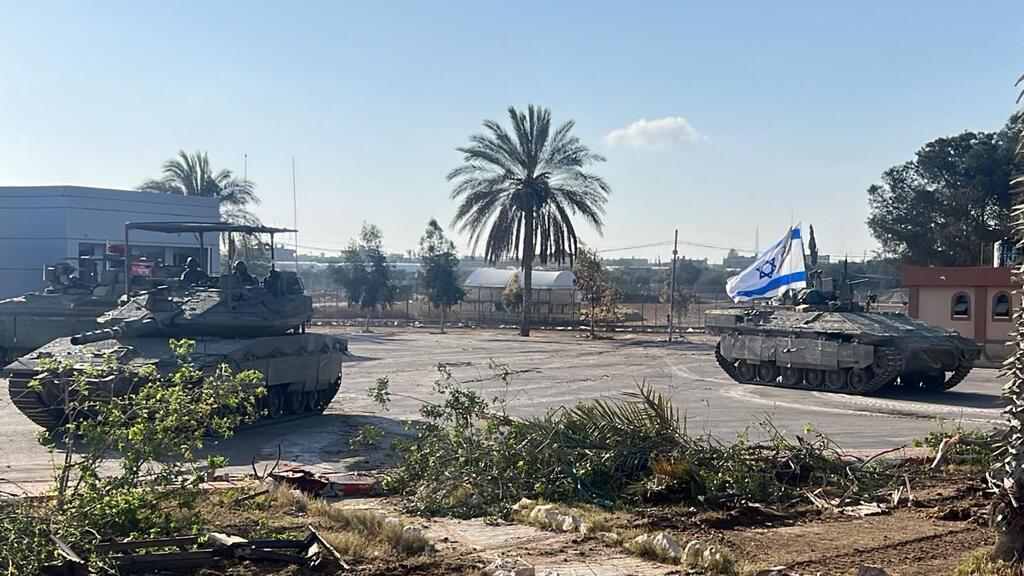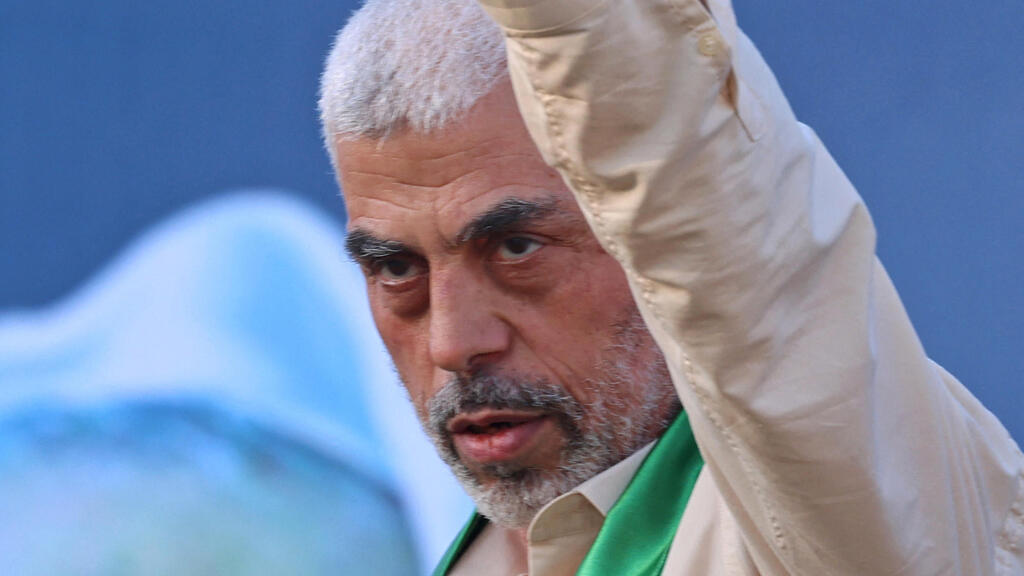Getting your Trinity Audio player ready...
The IDF's control of the Rafah border crossing into Egypt and the main Salah a Din thoroughfare in the Strip, is a serious blow to the Hamas control of Gaza, which was the intent of the offensive launched on Monday. The hope was to exert pressure on the terror group to compromise on its demands in the negotiations for the release of hostages.
But in addition to the strategic significance of the operation, Israel must also begin promoting an alternative leadership to Hamas - or lose all the gains obtained by the troops. Israel must also present Hamas and its leader Yahya Sinwar with an ultimatum: surrender, free the hostages and we will grant you safe passage anywhere you wish to go or where you would be received along with whatever freed Palestinian prisoners want to join you. This could change the existing equation and renew international legitimacy.
The Rafah border crossing is one of the most important assets for the Hamas civilian and military rule of Gaza, because it is the only way out of the enclave, via Egypt, to the rest of the world. There are still tunnels beneath the Philadelphi Route, but those are at the disposal of a handful of Hamas officials and smugglers operating them as a lucrative business so for 99% of Gazans, the border crossing is a vital necessity.
The border is also the primary source of income for Hamas, which charges $5,000 for each adult Gazan seeking to cross into Egypt, and $2,500 for each child. Goods also pass to the Salah a Din thoroughfare with Egyptian imports and humanitarian aid. That is how Hamas received most of the dual-purpose imports it used to produce weapons and equipment to dig its underground tunnel system.
The border has also become increasingly important to Hamas leaders in the event that the IDF would remain in Gaza for a time. They and their families have set up a temporary camp near the crossing so as to be able to leave quickly if needed. But now, they have been forced to flee to the humanitarian zones near Khan Younis or head north toward the Maghazi refugee camp, with the rest of the Gaza civilians who were sheltering in the eastern sectors of the city of Rafah.
The importance of the Rafah border crossing from Hamas was evident in the "acceptance," on Monday of the proposed deal which includes authorization for 50 of its members, to leave for Egypt and receive medical treatment there. If the border remains closed, they would be forced to wait.
Israel's control of the southern part of the Salah a Din road ends all traffic along the Strip. Roads are critical in Gaza which is why even if IDF troops remain outside areas in the north, their control of the main thoroughfare gives them near total control of the enclave.
Why no resistance?
The IDF's first objective is to control the Philadelphi Corridor, stop smuggling into Gaza and prevent Hamas leaders from escaping the Strip. The second is dismantling the remaining three Hamas battalions still operating. But there are obstacles. One is the civilians already displaced who are sheltering there. another is the international outrage over what is said to be a potential humanitarian crisis and a war crime. And another yet, is the Egyptian concern that thousands of Gazans, mostly members of Hamas would break through the border fence into the Egyptian part of Rafah and onto the Sinai desert, as they flee the Israeli troops.
Egypt bolstered its deployment likely after being advised that the offensive was imminent and the IDF limited its operation to the eastern sector of Rafah city, where no more than 100,000 people were sheltering, so as to minimize civilian casualties.
Hamas did not appear to be deployed to fight the offensive and the area was taken within a few hours. One explanation could be that Hamas realized the forces were heading toward the Philadelphi corridor and after suffering casualties during the IDF fight in Khan Younis, opted to hide among the crowds of civilians in northern parts of the city.
Should Hamas concede some of the latest demands to reach a hostage-release deal, their fighting battalions in Rafah would remain intact. Without a breakthrough in the talks, the IDF will continue the offensive and go after those battalions and the two others that remain in the central part of the Strip.




